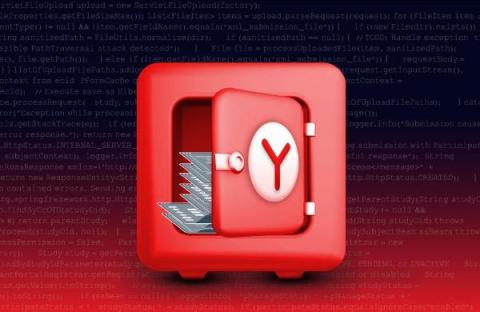Yandex Data Leak Triggers Malicious Package Publication
It would be big news, to say the least, if a large quantity of Google source code found its way into the public domain. Now imagine if the leak also included source code from Amazon and Uber. That’s the scale of the data leak that hit Russian tech giant Yandex. The risk here is that malicious actors could analyze the leaked code and discover exploitable security gaps.

















